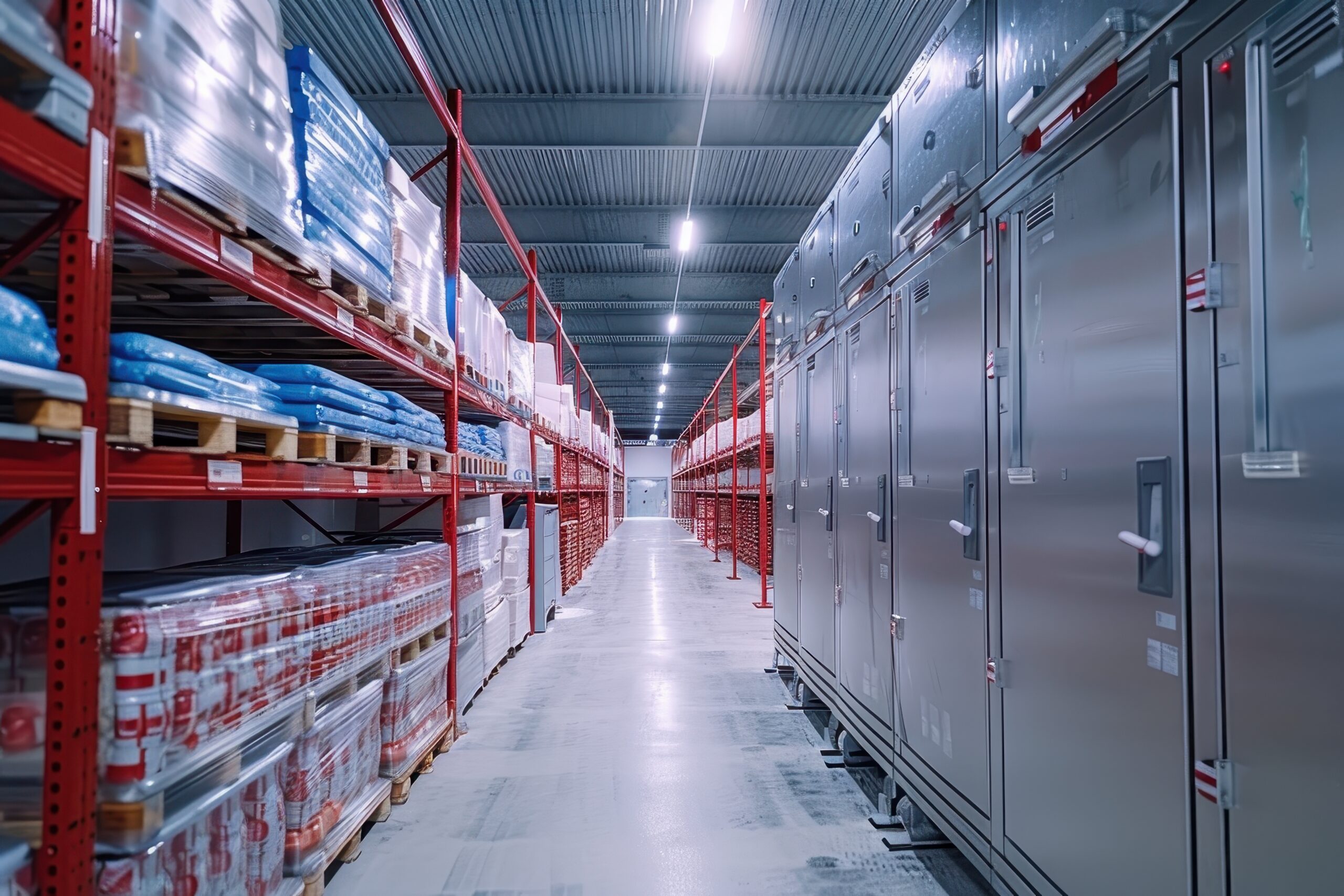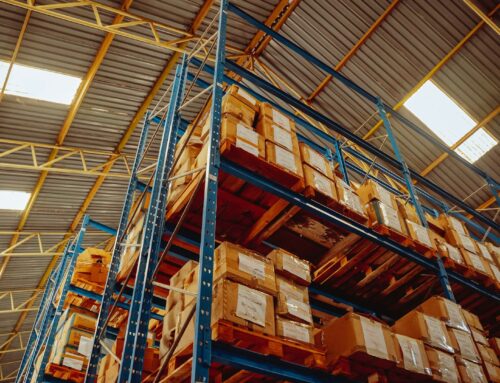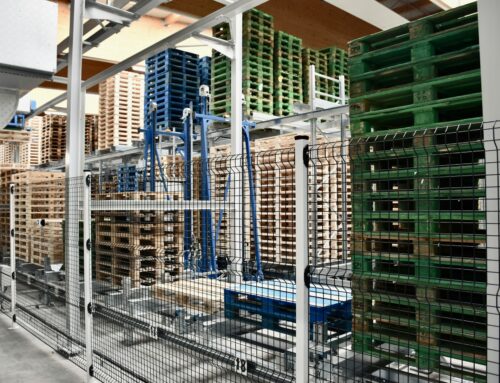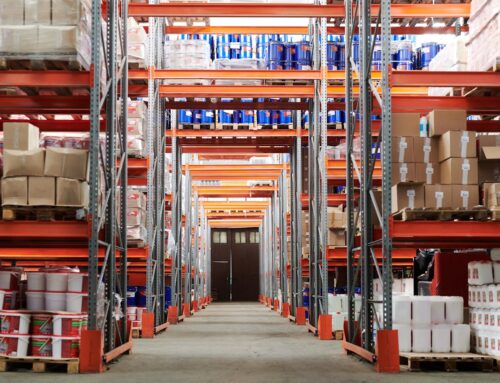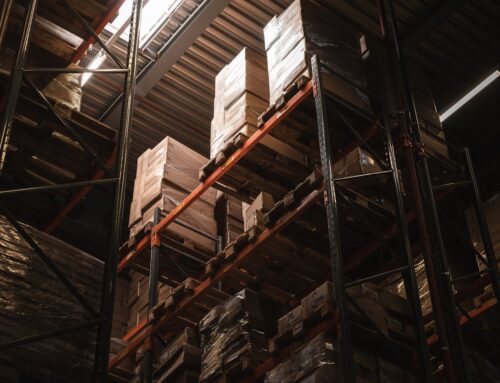Cold storage warehouses face a unique challenge: How can you maximize storage efficiency while preserving precise temperature control? According to industry reports, improper storage systems can cause as much as a 20% drop in cooling efficiency—a costly mistake. Choosing the right pallet racking is crucial not just for maximizing space but for protecting temperature-sensitive inventory. In this guide, we’ll explore what type of pallet racking is best for cold storage warehouses, how each system functions, and which option can help you optimize your facility’s performance. By the end, you’ll have actionable insights to make informed decisions that improve efficiency and reduce energy costs.
Why Cold Storage Warehouses Require Specialized Pallet Racking
Cold storage warehouses aren’t like typical storage spaces. The products—ranging from pharmaceuticals to frozen foods—must remain at a consistent temperature to maintain quality and safety. The right pallet racking system:
- Enhances air circulation around stored goods
- Maximizes cubic space in temperature-controlled environments
- Reduces energy consumption by optimizing warehouse layout
We understand that not every racking system can handle the demands of freezing temperatures and high-density storage. Below, we’ll break down the best options.
Selective Pallet Racking: The Flexible Standard
Selective pallet racking is the most common and versatile racking system for many warehouse types, including some cold storage applications.
Benefits of Selective Pallet Racking:
- Direct access to every pallet—ideal for facilities with a high SKU count
- Simple installation and compatibility with standard forklifts
- Cost-effective upfront investment
However, for cold storage warehouses where maximizing density is critical, selective pallet racking may not be the most space-efficient option.
Drive-In Pallet Racking: Maximize Density in Low SKU Environments
If your cold storage warehouse handles a smaller variety of products in large quantities, drive-in pallet racking may be the solution.
Why Choose Drive-In Racking for Cold Storage?
- High-density storage: Reduces aisles and maximizes cubic space
- Last-In, First-Out (LIFO) inventory management—perfect for products with longer shelf lives
- Reduced air volume: Less air to cool, improving energy efficiency
Many of our cold storage clients use drive-in racks for bulk frozen goods like meats and vegetables.
Push-Back Pallet Racking: Ideal for Quick Turnover
For warehouses that need both high density and faster access, push-back pallet racking strikes a strong balance.
Push-Back Racking Advantages:
- High storage density (up to 5 pallets deep per lane)
- First-In, Last-Out (FILO) inventory management
- Easier access than drive-in racks—reduces handling time
This system is popular in cold storage warehouses dealing with packaged foods and dairy products that move quickly but still require temperature control.
Pallet Flow Racking: Perfect for First-In, First-Out (FIFO) Operations
If your cold storage facility handles perishable items with strict expiration dates, pallet flow racking might be the best fit.
Features of Pallet Flow Racking:
- FIFO inventory management—ideal for dairy, produce, and pharmaceuticals
- Gravity-fed rollers automatically move pallets forward, reducing forklift travel
- Maximizes efficiency in both loading and retrieval
Pallet Rack World recommends pallet flow systems for clients managing date-sensitive products, as it minimizes waste and ensures older inventory is used first.
Key Factors to Consider When Choosing Pallet Racking for Cold Storage Warehouses
When selecting what type of pallet racking is best for cold storage warehouses, consider these factors to ensure long-term success:
- Inventory type and turnover rate
- SKU variety and product volume
- Required temperature range
- Available warehouse space
- Forklift type and aisle width
- Material durability—ensure racking is built to withstand cold and condensation
Why Material and Coating Matter in Cold Storage Racking
When operating in low-temperature environments, the durability of your pallet racking system is just as important as its design. Cold storage warehouses often experience condensation, frost buildup, and fluctuating humidity levels, all of which can accelerate corrosion if racking materials aren’t properly protected. Choosing racking with galvanized steel or specialized powder-coated finishes ensures long-term durability and reduces maintenance costs.
Partner With Pallet Rack World for Your Cold Storage Needs
Choosing what type of pallet racking is best for cold storage warehouses is about balancing storage density, accessibility, and temperature efficiency.
At Pallet Rack World, we specialize in helping warehouse operators design racking systems that maximize space and protect your products in demanding environments. Our team can recommend the ideal materials and configurations tailored to your cold storage needs. Contact us today to start optimizing your warehouse for maximum performance.
Table of Contents
- Why Cold Storage Warehouses Require Specialized Pallet Racking
- Selective Pallet Racking: The Flexible Standard
- Drive-In Pallet Racking: Maximize Density in Low SKU Environments
- Push-Back Pallet Racking: Ideal for Quick Turnover
- Pallet Flow Racking: Perfect for First-In, First-Out (FIFO) Operations
- Key Factors to Consider When Choosing Pallet Racking for Cold Storage Warehouses
- Why Material and Coating Matter in Cold Storage Racking
- Partner With Pallet Rack World for Your Cold Storage Needs


